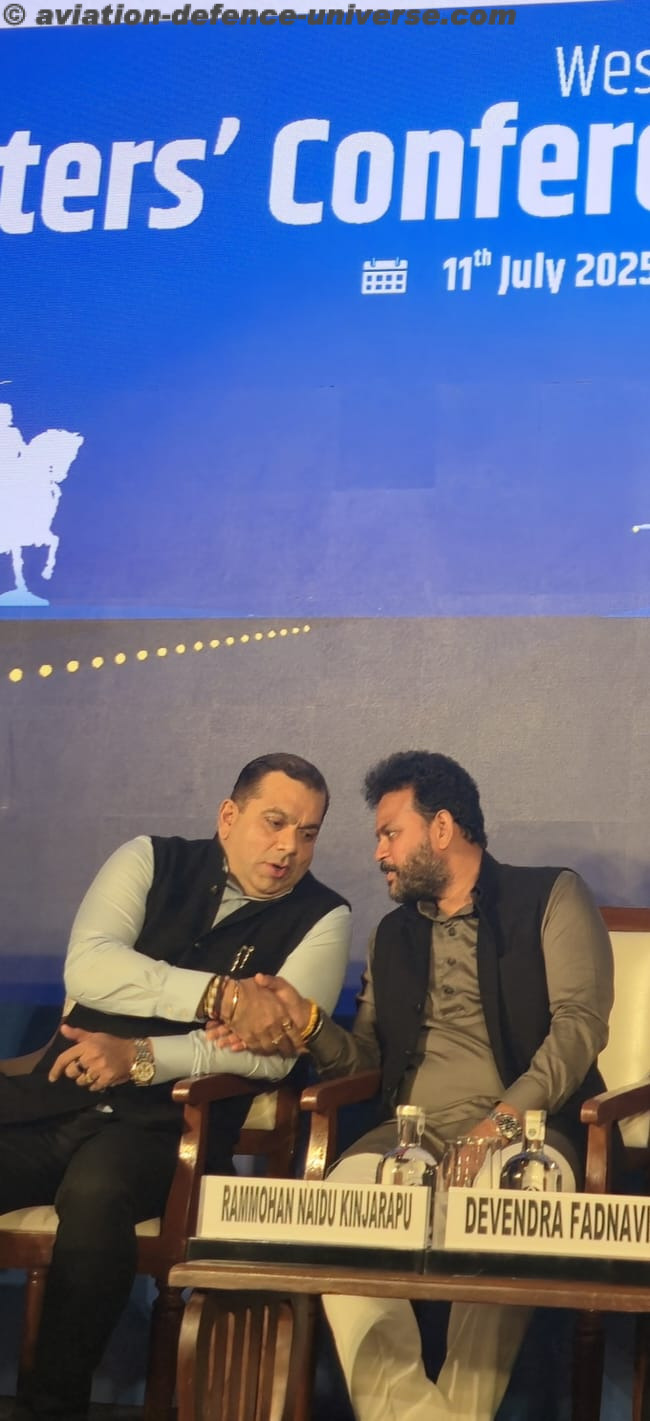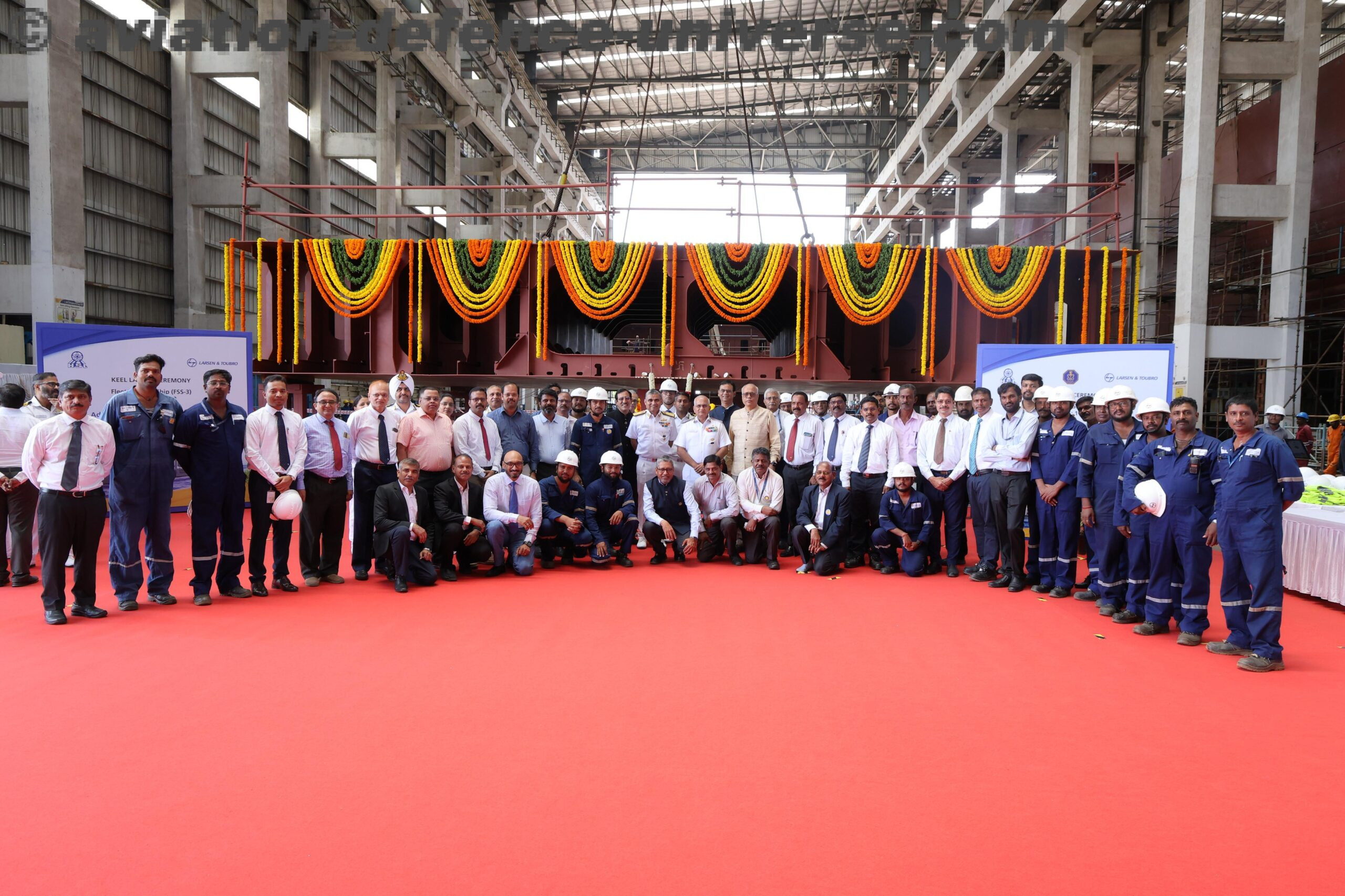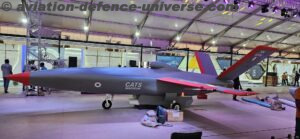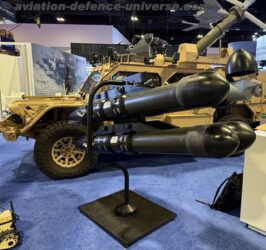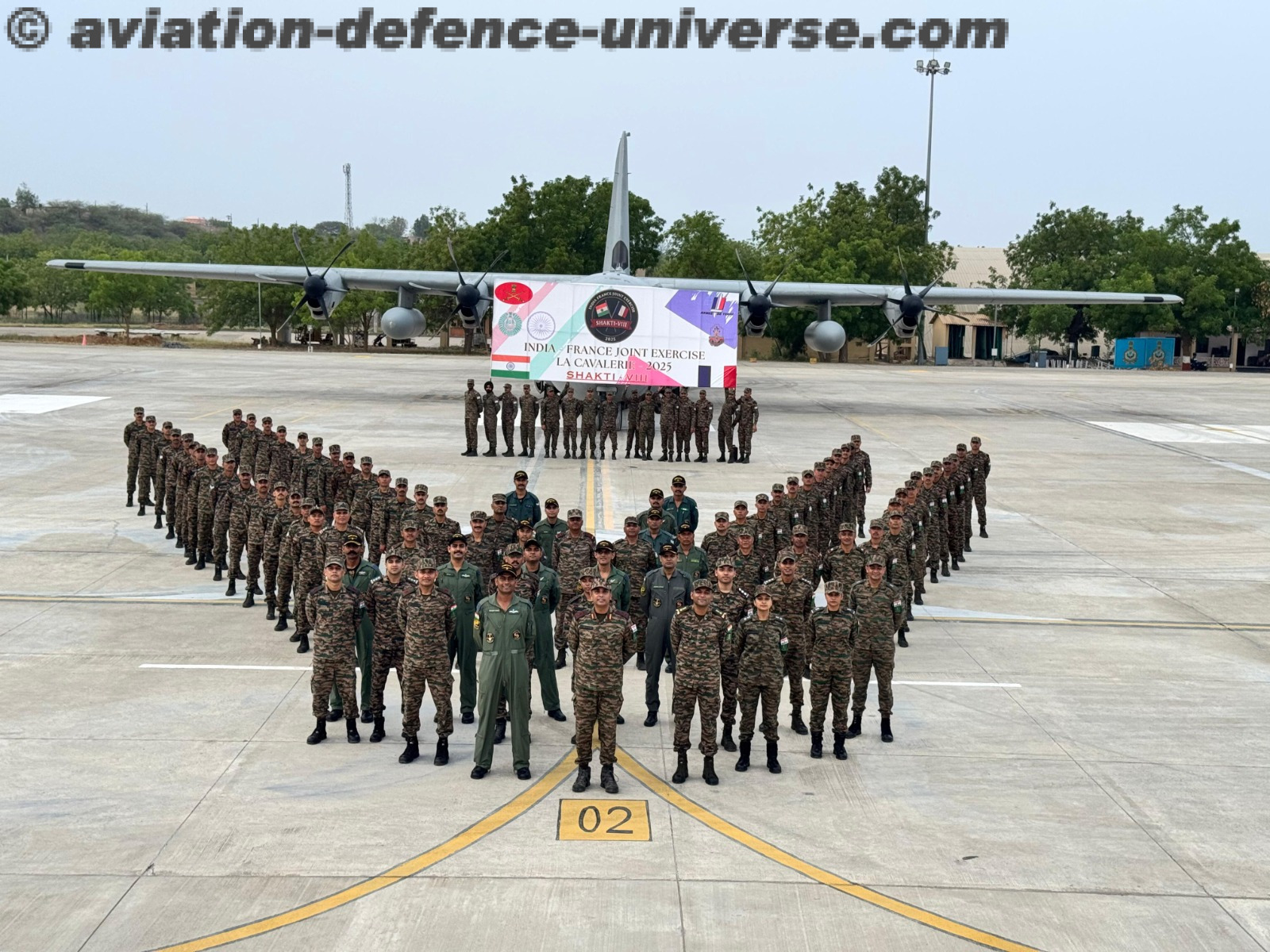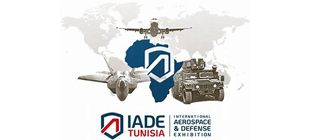- Lightweight but Lethal
- A Game-Changer in Modern Air Defence
- Small Systems, Big Impact
 By Lt. General (Dr.)VK Saxena (Retd.)
By Lt. General (Dr.)VK Saxena (Retd.)
New Delhi. 12 February 2025. In modern warfare, air defence is a critical component of national security, and within this matrix, Man-Portable Air Defence Systems (MANPADS) play a decisive role. Designed as lightweight, highly mobile, and lethal weapons, these systems provide frontline defence against aerial threats, including aircraft, attack helicopters, and drones. As air threats continue to evolve with advancements in unmanned systems, precision-guided munitions, and low-flying attack helicopters, MANPADS offer a crucial last line of defence, ensuring battlefield survivability and tactical superiority. This article explores the role of MANPADS in air defence, their strategic importance in the Tactical Battle Area (TBA), and key lessons from recent conflicts that underline their necessity in modern military operations.
What are MANPADS?
MANPADS which stands for man portable air defence systems refers to very short range surface-to-air missiles that can be easily ported by a crew of one or two men and can be fired from shoulder or a pedestal. These are designed to kill hostile targets by multiple means which could include homing on to the target following its heat signatures (infra-red or IR homing), or by riding a laser beam that is thrown by the firer to illuminate the target (beam riding) or through a catastrophic collision with the target ( hit-to-kill)
Where MANPADS fit in the air defence matrix
All air defences are basically anchored on three verticals, namely Sensors, Shooters and Battle Management Systems. Sensors include all types of radars, IR and electro-optical devices whose aim is to detect the hostile threat, Shooters consist of the teeth that destroy the target identified as hostile. These include air defence aircraft and ships and Ground Based Air Defence (GBAD) weapons. GBAD fire arm extends from the terminal end of the asset being protected outwards to 100s of km . At the terminal end are the air defence guns and MANPADs which are backed with short, medium and long range SAMs this constituting the fire arm.
BMS which is air referred to as the Air Defence Control and Reporting System or ADCRS is the most important of the here verticals. It actually makes the air defence battle happen by exercising command and control basically to ensure two outcomes. First every component of the air defence chain operates in an optimal manner to inflict seamless punishment on the air threat by the most suitable weapon at any point in time and secondly, and more importantly. to ensure that there fratricide, where own air defence weapons shoot out own aircrafts; a cardinal sin for an air defence warrior. The ADCRS chain is integrated at a national level amongst the three Services under the Airforce which is responsible for the air defence of the national air space.
It will thus be seen that MANPADS are the terminal-end weapons in the air defence fire arm.
The threats we face
We face a full-bodied air threat from our potential adversaries. The air threat has revamped exponentially over the years. In that, the erstwhile duo of aircrafts and helicopters as main threat vehicles, are today joined by a multi-dimensional strike punch consisting of attack helicopters, unmanned aerial systems (UAS), tactical ballistic missiles, cruise missiles, precision guided munitions (PGMs), anti-radiation missiles (ARMs) and the now emerging soft-kill offensive weapons.
What MANPADS do?
While every constituent of the three verticals and every weapon on the GBAD fire arm is important in its own right, MANPADS have a special purpose. Basically at the terminal end, these combine with air defence guns to produce the deadly gun-missile mix to take out the threat which happens to ditch one of the two. MANPADS also enrich the total quantum of fire of the duo and provide innovation and flexibility in otherwise predictable deployments of air defence guns thus adding an element of surprise
It is important to remember that these weapons being at the first line of defence are to deal with the most determined of the threat that has braved through all the longer range weapons and are now moving in for the kill, or such threat that has surprised the whole and appear suddenly at close range. This capability is typically vested in the attack helicopters armed to the teeth and capable of flying in the nap of the earth thus avoiding radar detection. Also the small drones which evade radar detection because of their small size can appear suddenly for the kill.
The magic of MANPADS in the Tactical Battle Area (TBA)
MANPADS are of great value in the TBA – the forward zone of the battle where most of the contact battle involving tanks and other mechanised forces ensues between the adversaries. Such battles are a typical hunting grounds for attack helicopters which can take disproportionate number of kills. This is where the MANPAD magic unfolds,
The trick is to proliferate the TBA with such a large number of MANPADS which overwhelms the overall countermeasure capability of the AHs. Basically deploying MANPADs unobtrusively in every nook and corner of the TBA – waiting in ambush for their prey.
This tactics was applied by Ukraine so successfully in the early months of the Russo-Ukraine war. The fact that the Russian Air Force was much stronger than the Ukrainian’s was well known. Talking about their AHS itself these were deployed in hundreds. The likes of twin rotor Kamov 51 and 52 or the Mi series – Mi35, Mi24, Mi28N and more) .
These initially caused havoc in the TBA and in hunter killer mission in support of Russian armoured advances. Ukrainians quickly resorted to proliferating the TBA with MANPADS which they had quite a few ( Strela 2, Strela 3, Igla 1, Chiron, Mistral, Marlet, Stinger SAMs from USA, Star Streak SAMs from UK and similar weapons from Germany, Denmark, Lithuania and Netherlands)
The population of MANPADS in the TBA was is such preponderance, that it simply overwhelmed the countermeasure capability of the AHs. A whopping 26 AHs out of a fleet of near 100 fell to MANPADs curtailing the TBA missions and totally halting the hunter killer ones.
Lessons in our scenario
We face a very real and potent threat. The TBA battles in our scenario are likely to be intense with multiple air threat vehicles in particular AHs and combat drones scoring big kills on the mechanised forces. The side that can proliferate the TBA with MANPADs is likely to have the last laugh.
We must fill up our MANPAD stock sufficiently to face the desired outcome.
One point of caution though, all MANPADS must remain dully knitted in the ADCRS where their deployment and fire can be optimised as an integral part of the overall air defence battle. Using these as loose cannons is an invitation to disaster. Besides, adhocism and sub-optimal effect the bigger worry will be BLUE-on-BLUE. May God forbid !
The role of MANPADS in modern air defence cannot be overstated. As the terminal-end weapons in the air defence structure, they provide a vital shield against the most persistent and unexpected aerial threats. The lessons from the Russo-Ukraine war highlight the effectiveness of proliferating MANPADS in the TBA, overwhelming enemy countermeasures and neutralizing attack helicopters. Given the evolving nature of air threats in our region, it is imperative to bolster our MANPADS stockpile and ensure their integration within the Air Defence Control and Reporting System (ADCRS) to prevent fratricide and maximize operational efficiency. Properly deployed and managed, these lightweight yet lethal weapons can tip the scales in high-intensity combat, ensuring air defence resilience and battlefield dominance.
(Lt. Gen.(Dr.)VK Saxena (Retd.) is a Delhi-based defence analyst former Director General Army Air Defence. He is a Distinguished Fellow at VIF and a Visiting Fellow at CLAWS. The views in the article are solely the author’s. He can be contacted at editor.adu@gmail.com).















